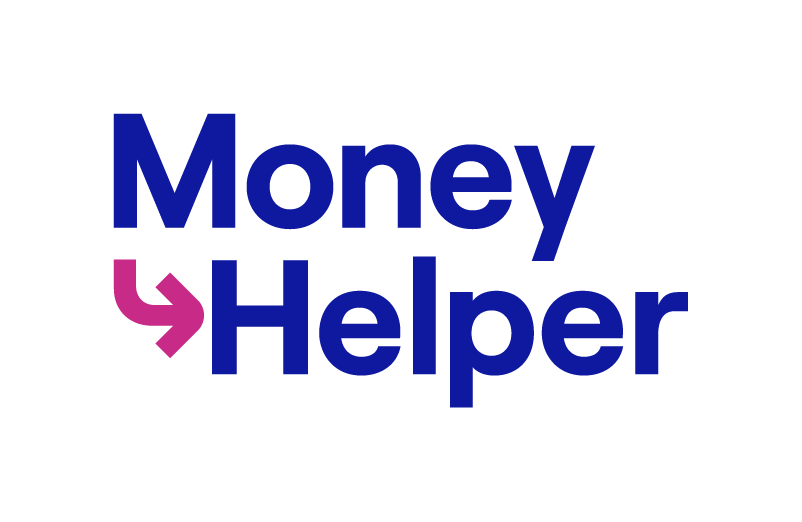How we help you
- September 2012
- August 2012
- July 2012
- June 2012
Who is involved in an IVA?
An IVA (Individual Voluntary Arrangement) is a formal insolvency solution, designed to help borrowers tackle a substantial amount of unsecured debt that they can't pay back in full in a reasonable timeframe.
The basic idea of an IVA is that you'll commit to reduced payments you can confidently afford every month for a set period (usually 5 years) - and your lenders will agree to write off whatever part of the included debt you simply can't repay (once your IVA has successfully ended).
But who exactly is involved in an IVA - from setting it up, to overseeing the whole process through to its conclusion?
IVAs: the basics
An IVA is the common term for an Individual Voluntary Arrangement. If you're in a situation where you have significant unsecured debts (whether they're on credit cards, overdrafts or personal loans, for example) and you can't afford to repay them in full in a timeframe that's seen as reasonable, an IVA could help you.
You can find out more about IVAs here.
Once an IVA is agreed, you will begin making a reduced monthly payment, based on what you can afford to repay after your basic living costs (e.g. rent/mortgage, food and bills) have been accounted for.
As part of the agreement, your lenders won't take any further action against you (as long as you keep up with your payments) and they'll write off any included debts you can't repay once your IVA has come to a successful end. An IVA typically lasts for 5 years.
You should take note that if you're a homeowner, you should be able to stay in your home on an IVA - but you may have to release some of the equity.
Anyone who enters an IVA will also have a note made on their credit record, where it'll stay for six years - and it's likely to make getting further credit difficult during this time.
You could apply for IVA help with us by filling in our quick call-back form.
IVAs: who's involved?
There are three main 'parties' involved in an IVA: the borrower, their unsecured lenders and a qualified Insolvency Practitioner (or IP).
As a legally binding form of insolvency, an IVA can only be set up with an Insolvency Practitioner - as they have the experience and qualifications needed to act in insolvency cases on behalf of the borrower.
If you decide to enter an IVA, your IP will draw up an IVA proposal with you - a document showing your lenders why they believe an IVA is a suitable approach for you, and how they believe it should work.
Your IP will be responsible for sending this IVA proposal to your lenders. If 75% or more of your unsecured lenders accept it (by debt value), your IVA will start. Throughout your IVA, your Insolvency Practice will be on hand to answer any questions you have and deal with your lenders on your behalf.
You can find out if you could qualify for an IVA on this page.
By Daniel Culpan.

It's good to know:
- We negotiate with the UK's major lenders and retailers
- We pride ourselves on our approach to great customer service
- Each month 1000s of people are benefiting from our help

To find other sources of free advice visit Money Helper. It's here to listen and give free, impartial, trusted guidance. Based around you and backed by government.
Subject to eligibility and acceptance. Fees Payable. Debt write off applies to unsecured debts only and on completion of an IVA, alternative solutions may be offered. If your IVA fails, it could lead to Bankruptcy. Your ability to obtain credit will be affected for at least 6 years. Homeowners may be required to release the equity in their property.